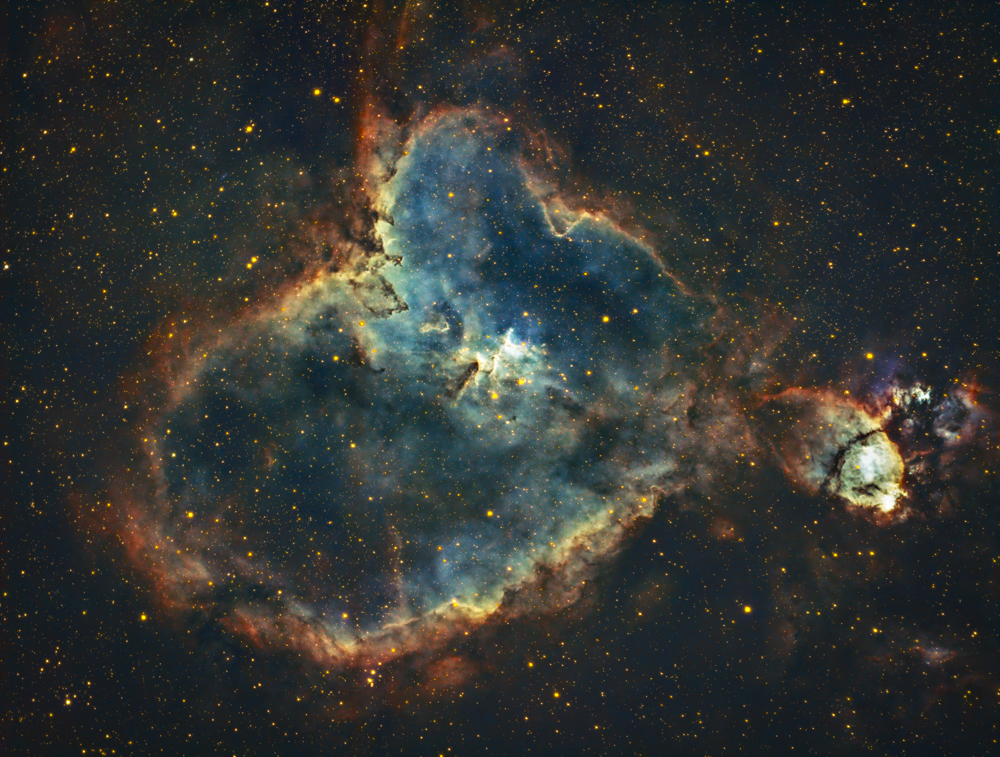 One of my friends from the photo club I’m a member of has been doing
One of my friends from the photo club I’m a member of has been doing
Deep Sky Astrophotography
from her tiny backyard in south Minneapolis! The photos that she has created in her postage-stamp sized yard amongst all of the light pollution of the city amaze me.
So I asked her if I could share some of her photographs here in my blog. And she said, yes but she prefers to stay anonymous so I won’t share her name here. She made all three of the photos in today’s blog post.
The photo at the top of this post is of the Heart Nebula
The Heart Nebula (also known as the Running dog nebula, IC 1805, Sharpless 2-190) is an emission nebula, 7500 light years away from Earth and located in the Perseus Arm of the Galaxy in the constellation Cassiopeia.
— Wikipedia
Keep Learning, Keep Growing
My friend who made these wonderful photographs is 80 years old and still learning and pursuing new things all the time. She inspires me with her different explorations and enthusiasms. It seems that once she’s mastered a new area of photography she moves on to learn some other kind of photography that interests her. It seems that learning new things and figuring out new techniques brings her the greatest joy.
For her deep sky astrophotography she uses iPhone apps to give her information on what is visible in the night sky from her location at what time, a telescope attached to a camera, special filters to capture specific wavelengths, and a tiny Raspberry Pi computer that helps control a motor that moves the telescope to track her targets across the night sky.
Her Process
Each image consists of photos made of 3 different light wavelengths, hydrogen alpha, oxygen 3, and sulfur. Once she has the telescope aimed at the position of the sky she wants to photograph, she sets up the camera to take images of one of the 3 different light wavelengths as the telescope tracks the movement of the stars across the sky. She might take twenty images of the hydrogen alpha wavelength, twenty of oxygen 3, and twenty of sulfur, each photograph being exposed for up to 3 minutes. It might take 2 nights to capture all of the images she needs. Then she uses software that stacks the images and picks out the best images, eventually creating a B&W image of each of the three different wavelengths. Finally she puts the three B&W images together using different RGB colors to represent each wavelength. And through that process she creates amazing photographs of the deep sky. (If there are errors or omissions in this description, they are mine due to my limited understanding of the process.)
Who knew that an amateur photographer could make photos like this in her tiny backyard with all of the light pollution of a large city? What new things would you like to learn about my friends? And when will you start your learning journey?
May you walk in beauty.
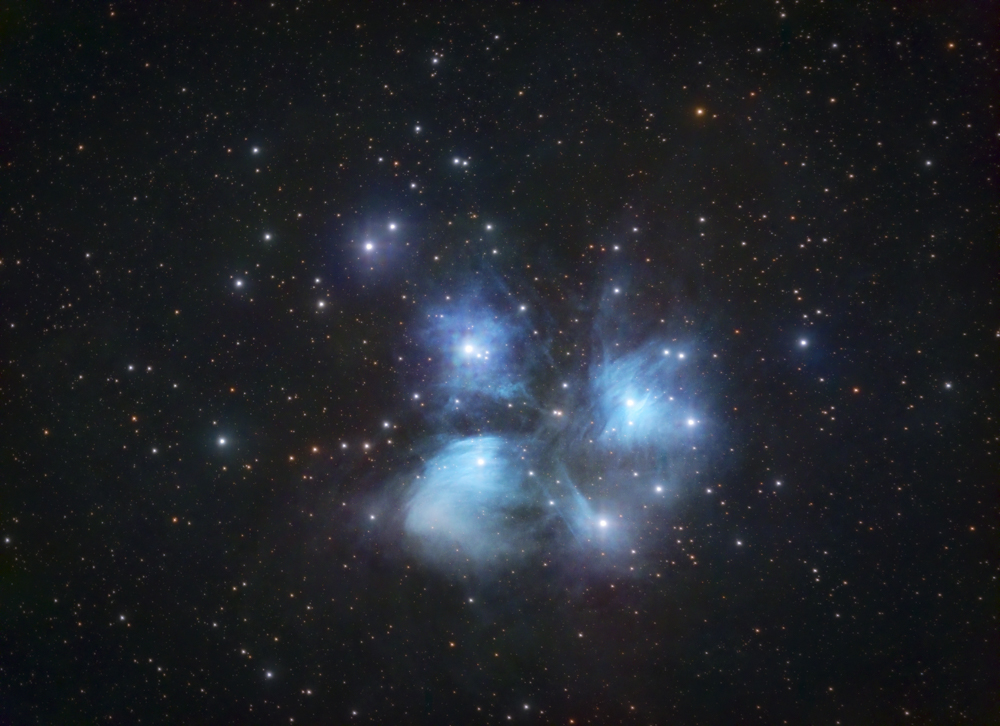
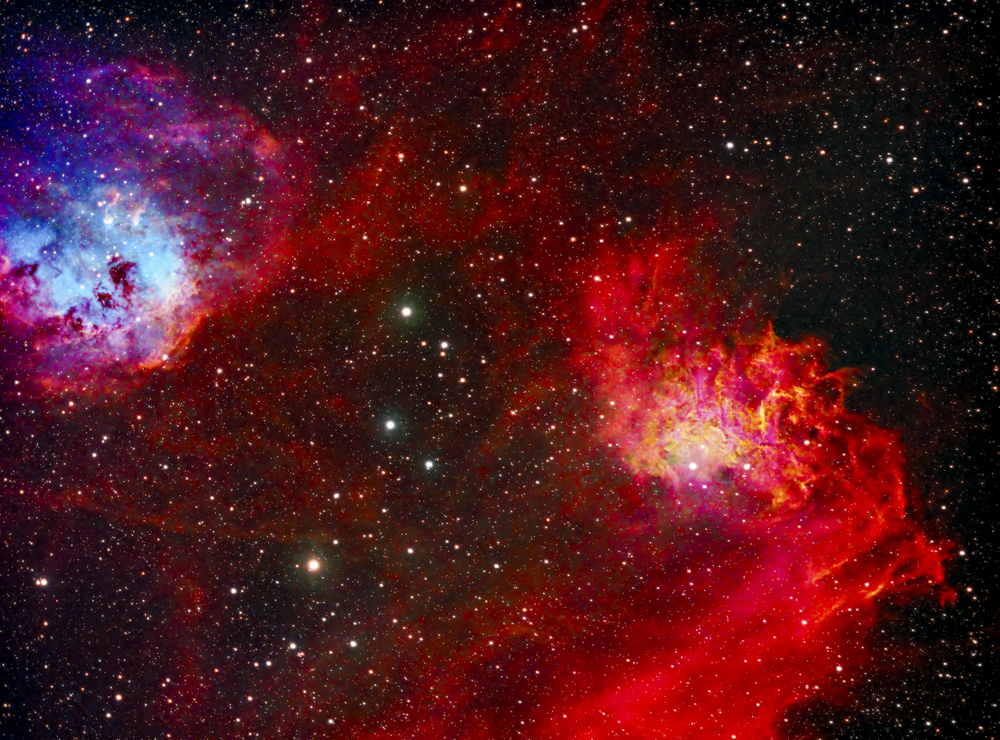
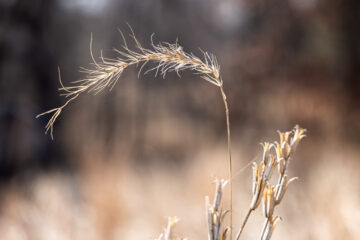
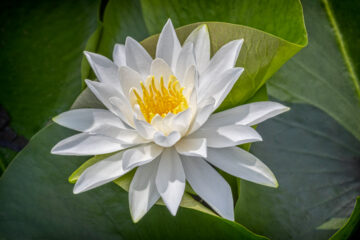

0 Comments